Photographs: Reuters Shishir Prashant
The catastrophe in Uttarakhand may have been unprecedented, but it is not as if the state government wasn't unaware of the looming threat. Government reports had warned of the unchecked dangers of urbanisation, and from power projects, notes Shishir Prashant.
The dreadful night of June 16 was marked by landslides and torrential rain. The morning after was deceptively calm as people started to gather at the Kedarnath shrine perched at a height of 3,581 metres in the Garhwal Himalayas.
The peace was suddenly broken by a booming crash of thunder. And even as confused devotees looked up, they saw a massive, dark surge rushing down at incredible speed from the hills behind the temple. A cloudburst probably had occurred at Vasukital or Gandhi Sarovar lake in the nearby mountains.
The harrowing video footage of what followed has been shown on national television networks and went viral on the Internet. Within a few minutes, water, slush and boulders as big as houses struck the Kedarnath area leaving very little time for most of the pilgrims to escape the deluge. A few lucky ones ran toward the shrine.
Dinesh Bagwadi, 45, a priest at the venerated shrine, was one of those who had a providential escape from the wrath of the Mandakini river, which was roaring as if scores of hungry lions had been locked into a small cage. Bagwadi lost some relatives in the catastrophe and his son is still missing.
The ordeal of the survivors was traumatic. They had to sleep, if sleep was possible, with many bodies strewn around the temple premises, some of which had begun to decompose. Amid the stench of death, they remained foodless and waterless for over one week.
Please ...
Complete Coverage: Uttarakhand Disaster 2013
'If there was no army, imagine what would have been the enormity of the calamity'
Image: Army personnel rescue a stranded person in rain-devastated UttarakhandPhotographs: Courtesy: Indian Army
While earthquakes have caused havoc in the hills of Uttarakhand and cloudbursts have take a toll on human lives in the past, a tragedy of this magnitude was unprecedented.
Reports of heart-wrenching experiences are also coming in from the Badrinath region, where the toll is much lower. The question everyone is asking now is: what caused this calamity?
Was it rapid urbanisation and construction of big dams across the mountain rivers or do people -- both authorities and civilians -- in general treat environmental issues with scant regard?
In the present case, the absence of any policy guidelines meant the preparedness to meet such a big devastation was almost nil.
Though the Uttarakhand government had set up the Disaster Management Board and Disaster Mitigation and Management Centre, the catastrophe was waiting to happen. And when it did, it exposed the chinks in the government's armoury.
The government had no idea about the magnitude of what had struck the state for the next couple of days. Rescue and relief operations could only begin when the armed forces chipped in.
"If there was no army, imagine what would have been the enormity of the calamity!" says G S Rawat, a retired army official.
Please ...
Urbanisation had a critical impact on the surrounding environment
Image: Buildings destroyed during floods are seen next to the Alaknanda river in GovindghatPhotographs: Danish Siddique/Reuters
CVS Negi, another retired member secretary of the Uttarakhand Environment Protection and Pollution Control Board, is a worried man. In 2004, he had prepared the "State of Environment Report", which dealt with state planning on environmental issues as well as laid the outline of a separate environment policy. It has been gathering dust since then.
The document touched on issues like pressure on forest resources, forest fires, flora and fauna of Uttarakhand, Impact of Biological Diversity Act, 2002, land use patterns, water resources, hydropower development, urbanisation, earthquakes, landslides and disaster management. It noted that the urbanisation in the state was skewed, both as a result of topography as well as administrative deficiencies, and that urbanisation had a critical impact on the surrounding environment, particularly of forests.
It also talked of immense pressures on infrastructure, much of which has now been destroyed in the flood in the four worst-affected districts of Rudraprayag, Chamoli, Uttarkashi and Pithoragarh.
The report also pointed out that human intervention in the geography of the state had often led to disaster. Many development projects -- dams and roads, for instance -- disturb an already fragile ecosystem, often weakening it in the process, and unplanned urbanisation does not take into account the need to construct earthquake-proof buildings, it said.
Dams have always been a contentious subject in the hills. Chipko stalwart Sunderlal Bahuguna feels that big dams, like the one at Tehri, disturb the highly fragile Himalayan tectonic system.
In the present context, however, there are divergent views about Tehri. Avadash Kaushal, a social activist, claims that the dam managed to protect big towns like Rishikesh and Haridwar when the Ganga was in spate on June 16-17 through regulation of the Bhagirathi river waters, most of which were held back in the 42-km long reservoir.
Top officials of THDC India, which manages the Tehri Hydro Power Complex, have recommended a big dam across the Alaknanda river also to further manage the uncontrolled flow of water.
Please ...
CAG's warnings on deaf ears
This year's events come after a Comptroller and Auditor General report had rapped the state government last year for its lackadaisical approach towards implementation of important aspects of disaster prevention, mitigation and preparedness.
The report, which was also tabled in the state assembly, pointed out that the State Disaster Management Authority formed in October 2007 had remained virtually non-functional.
The state had also failed to incorporate disaster prevention into the development process as envisaged in the Disaster Management Act 2005. It added that assessment of structural and non-structural safety of school buildings and identification of necessary mitigative action had not been included in the safety programmes envisaged under the Act, leaving 39 per cent of school buildings unscrutinised.
Restoration work undertaken under the Calamity Relief Fund were delayed by 12 to 24 months. A total of Rs 41.77 crore was sanctioned from the CRF for inadmissible construction works in gross violation of norms of the scheme.
CAG further said that, in the absence of critical infrastructure such as trauma centres, there was no way of reaching immediate medical attention to affected people. The communication system was also inadequate, with the delay in sharing of disaster information ranging from one to more than 24 hours.
The report also castigated the government for its failure to rehabilitate people in 80 villages, which had been affected by various disasters in the past. The government now claims 232 villages are unsafe in the state and need a rehabilitation package.
Though the state government might have dillydallied on the environmental issues under pressure from local leaders, the Centre had declared a stretch of 100 km between Gomukh and Uttarkashi along the Bhagirathi river as an eco-sensitive zone.
However, the state government is opposing the move, saying this would adversely affect the development in the region.
Please ...
Restrictions on hydel projects in this eco-sensitive zone
Image: Soldiers try to repair a temporary footbridge over Alaknanda river after it was destroyed, during rescue operations in GovindghatPhotographs: Danish Siddique/Reuters
In light of the floods and landslides in which over 900 people were killed and over 3,000 went missing, the repercussions might be felt in another important quarter. It is in this that the final report of the inter-ministerial group headed by B K Chaturvedi assumes significance.
The group was set up following agitation by environmentalists and religious leaders against the development of scores of hydel projects on the holy Bhagirathi.
Significantly, the IMG report came after IIT Roorkee and the Wildlife Institute of India gave two separate cumulative environmental impact assessment reports on the Ganga river basin management plan. Nearly 6,000 MW of hydropower will be affected by the Chaturvedi report which was recently submitted to the Union ministry of environment and forests, say experts.
The eco-sensitive zone demarcated by MOEF in the Bhagirarthi Valley between Gomukh and Uttarkashi has already impacted 1,743 MW of hydel generation.
IMG had reviewed the 69 hydel projects with a capacity of more than 9,000 MW proposed in Uttarakhand. In its recommendation, IMG wants no new hydropower projects considered beyond these 69.
Moreover, the report said even among these projects, projects worth 6,000 MW did not pass muster and should be halted. This means the IMG has recommended projects that would only produce 3,000 MW, that too with tough riders and environmental flows.

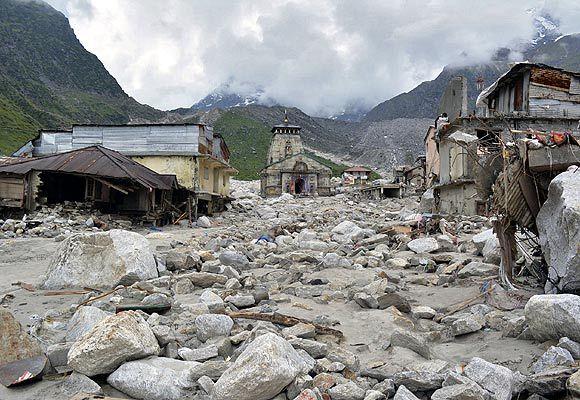
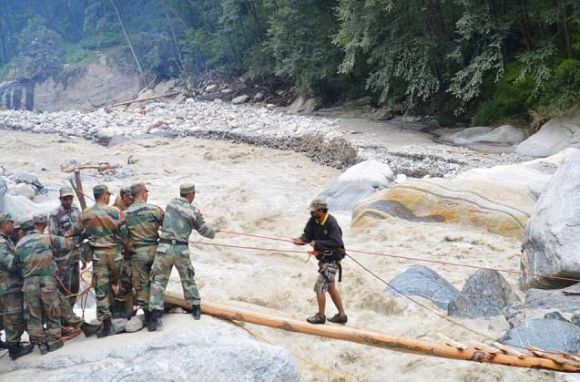
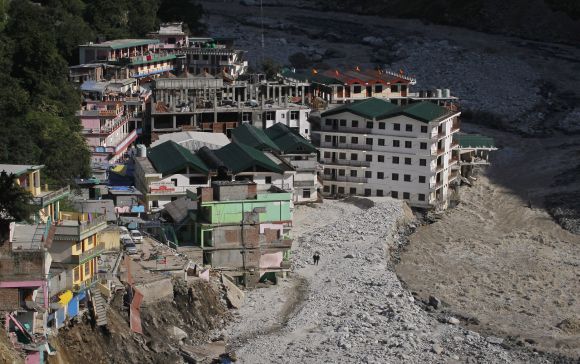
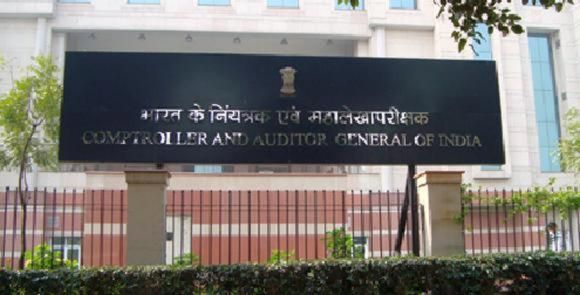
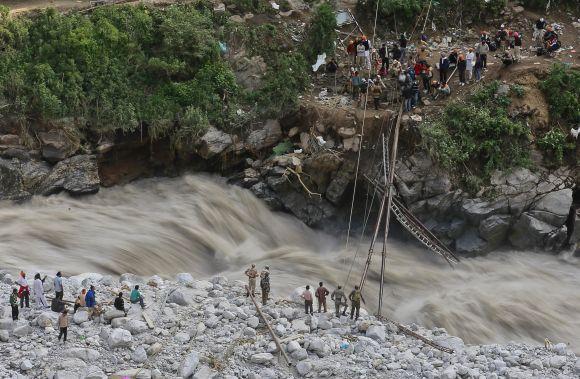

article